Your racket padel has a relatively determined lifespan. It is important to change it. Depending on your playing frequency and the conditions in which your racquet will be kept, you will need to replace it more or less quickly. Let's take a few minutes to clarify when your pala is showing you signs of fatigue.
The quality of the materials used
The first factor to consider when you buy a pala is its material used: fiberglass or carbon fiber. Generally fiberglass is less expensive, but it is more fragile.
The foam or gum used will be the second factor. Although all foams are effective, it must be recognized that EVA foam offers better benefits than FOAM.
The frequency of play
To give you an idea, the professionals of padel change pala on average every 3 months. The more you play, the faster your pala will deteriorate.
We calculate that in an average match, we can hit the ball around 300 times. For a player practicing padel 3 times a week, the total rises to 900 more or less violent strikes. In case you play 3 times a week, the average lifespan of your pala will be 6 months. For a player practicing once a week and of an average level, the palas of good quality can offer very good performances up to 2 years.
Degradation
Remember to protect your pala so that it lasts longer. Put a protector for the friction on the windows or grates, dry the pala well after playing in humid conditions, protect it from the heat, the cold, avoid the sudden changes of temperatures, let dry the handle well after each use, and especially use a cover.
Signs of fatigue
The gums, with time become hard and reduce the sensations. Conversely, when you play very often, the shocks make the rubber soften, also reducing the sensations.
The cracks on the frame are a very clear sign of wear. These cracks extend towards the center, cause vibrations and reduce the efficiency of the racket until causing injuries in the elbow "Tennis Elbow".
Finally the loss of power. You make smashes and you realize that the ball is coming out of your pala slower. The performance of your palas have reduced, it's time to change.
The final word
Whether you like it or not, your pala has a shelf life. For regular players, who compete and train regularly, no matter what pala you use, say that from 6 months of use, it will start to tire.
For casual or less regular players, it's up to you to see if the price of your racket is important or not. An inexpensive racket will offer you fewer sensations, an average life, but an attractive price. A more upscale racket will certainly be more expensive but will offer you more sensations and longer life.
In any case, if you do not take care of your racket do not be surprised at its rapid wear ...
https://padelmagazine.fr/categorie/marques-tests/
Julien Bondia is a teacher of padel in Tenerife (Spain). Columnist and advisor, he helps you play better through his tutorials and tactical/technical articles padel.















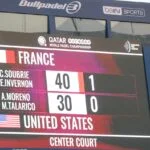




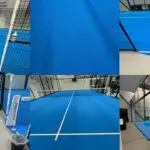
















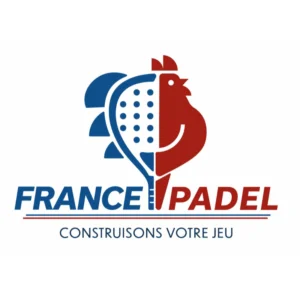




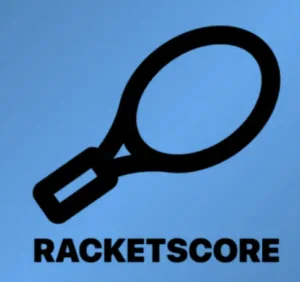











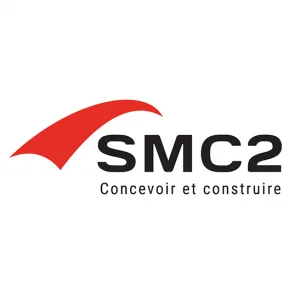


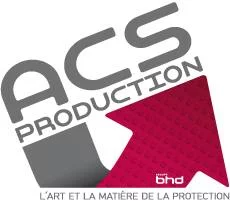




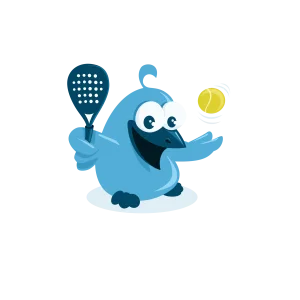


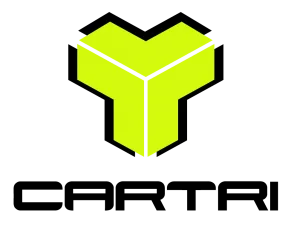



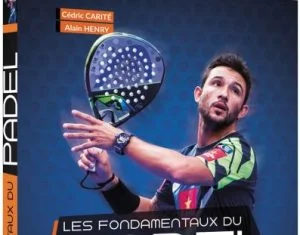






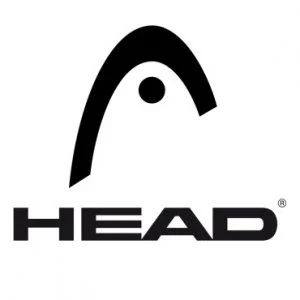



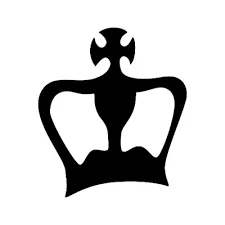



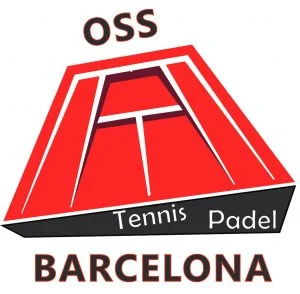
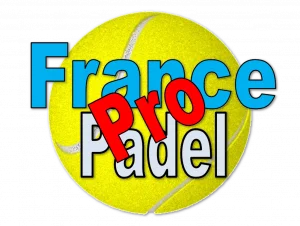




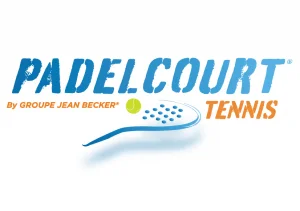









 The location chosen for the 2024 World Cup announced at the end of the month!
The location chosen for the 2024 World Cup announced at the end of the month! It’s off to a bad start for Pincho Fernandez and Javier Barahona…
It’s off to a bad start for Pincho Fernandez and Javier Barahona…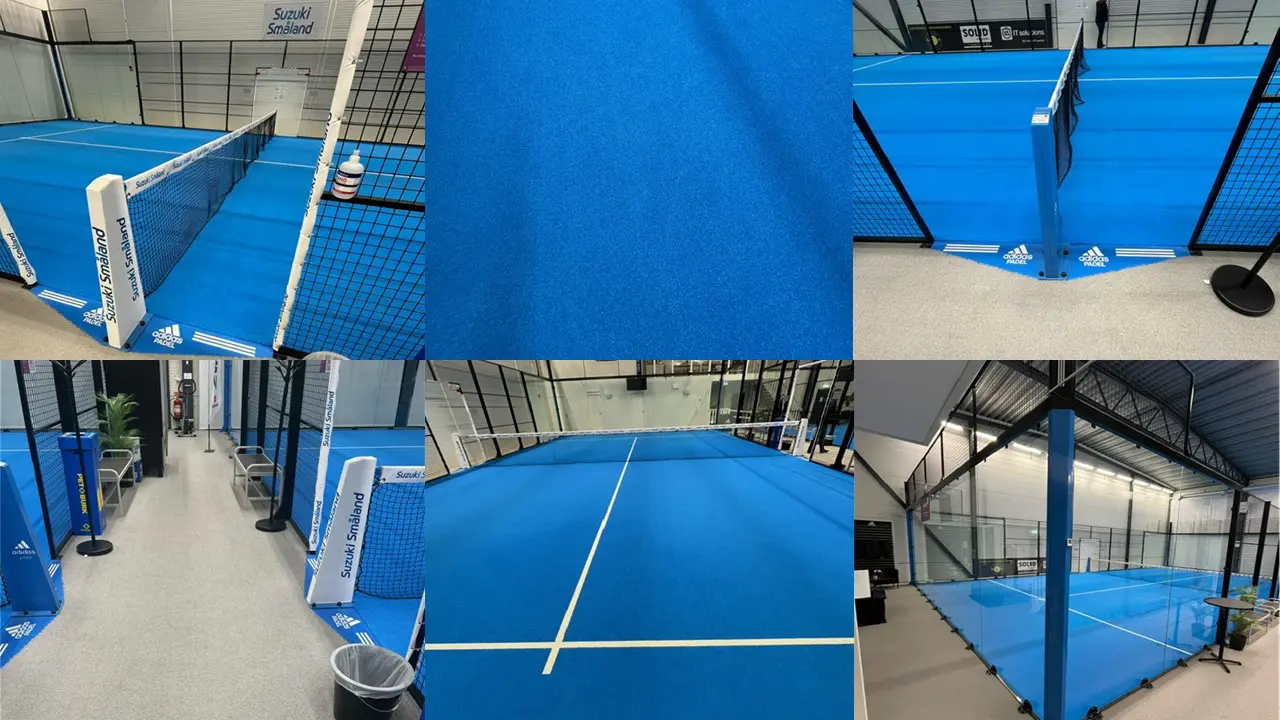 Occasions – Two tracks of padel premium available for sale for €25.000
Occasions – Two tracks of padel premium available for sale for €25.000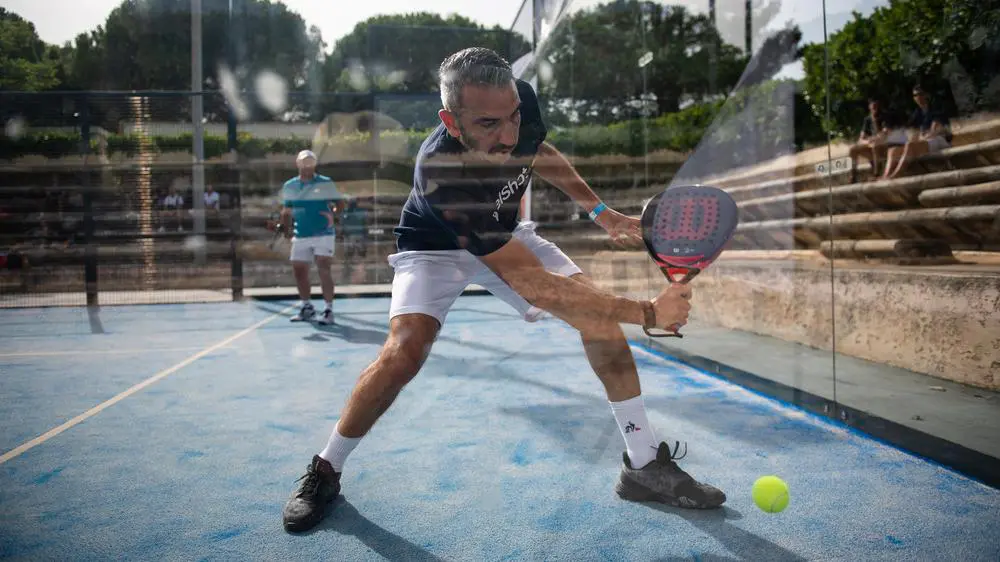 Simon Boissé: “We know that there are two nations in front of us”
Simon Boissé: “We know that there are two nations in front of us”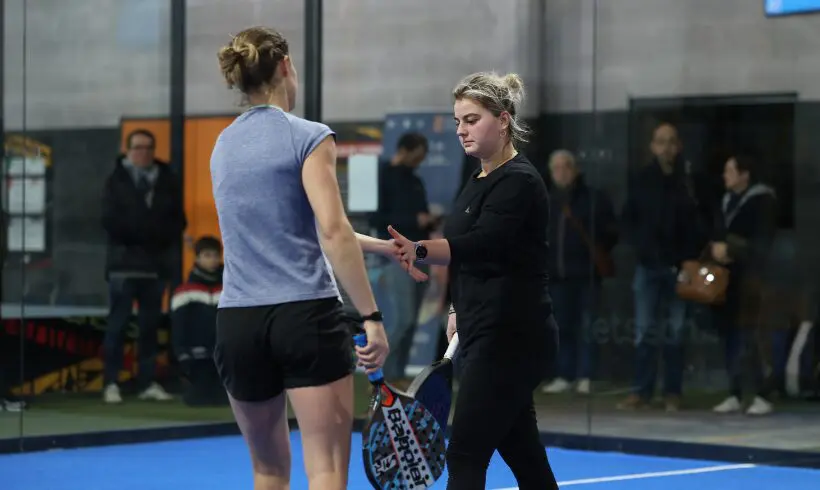 Marie Maligo: “This period of frequent changes of partners was beneficial for me”
Marie Maligo: “This period of frequent changes of partners was beneficial for me”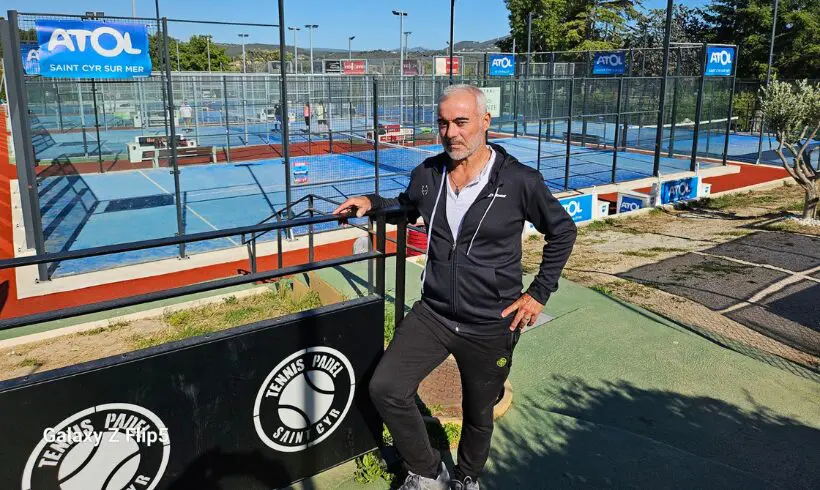 Alain Idier: “Adding tracks of padel, without sacrificing tennis”
Alain Idier: “Adding tracks of padel, without sacrificing tennis”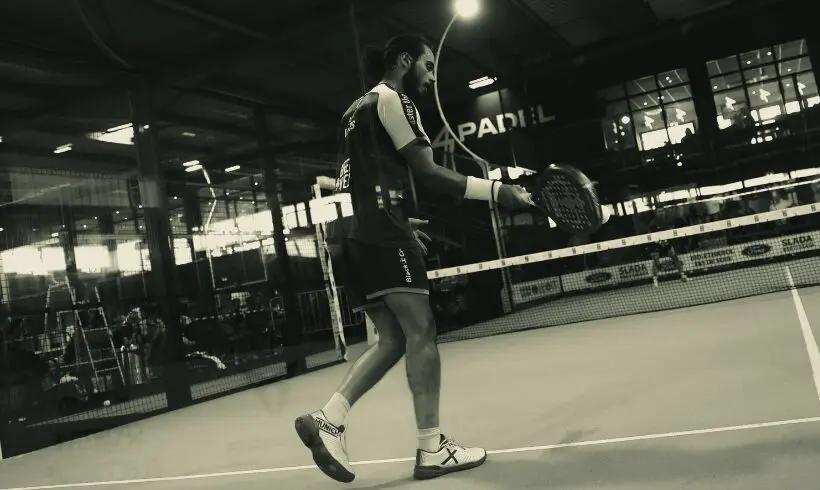 Manuel Vives: “It’s extremely difficult to get by financially”
Manuel Vives: “It’s extremely difficult to get by financially” Padel Score comes to Tahiti for American Express Padel Cup!
Padel Score comes to Tahiti for American Express Padel Cup! Mind Padel Lyon and the Auvergne Rhône-Alpes League innovate with team tournaments
Mind Padel Lyon and the Auvergne Rhône-Alpes League innovate with team tournaments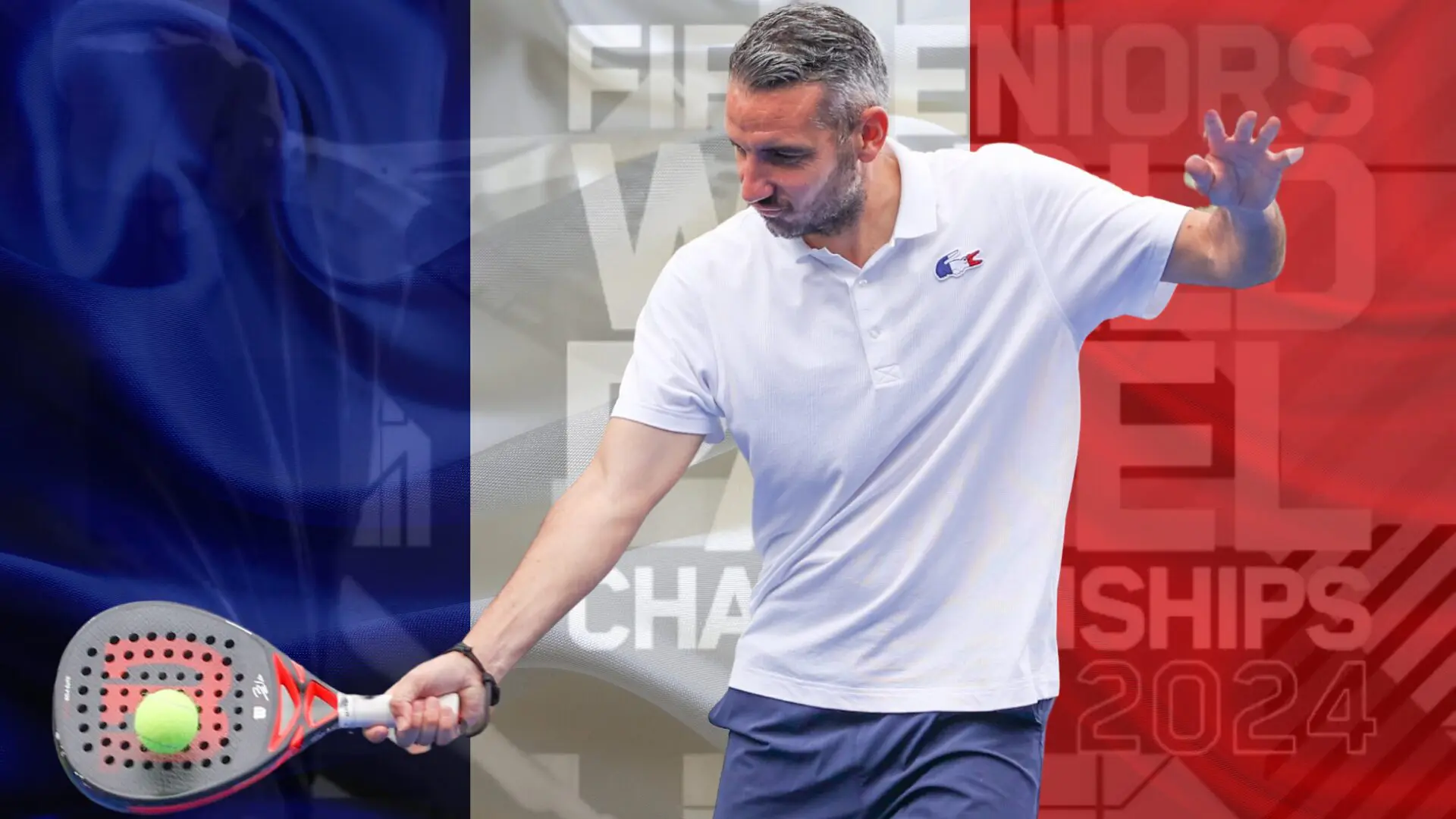 Simon Boissé: “We know that there are two nations in front of us”
Simon Boissé: “We know that there are two nations in front of us”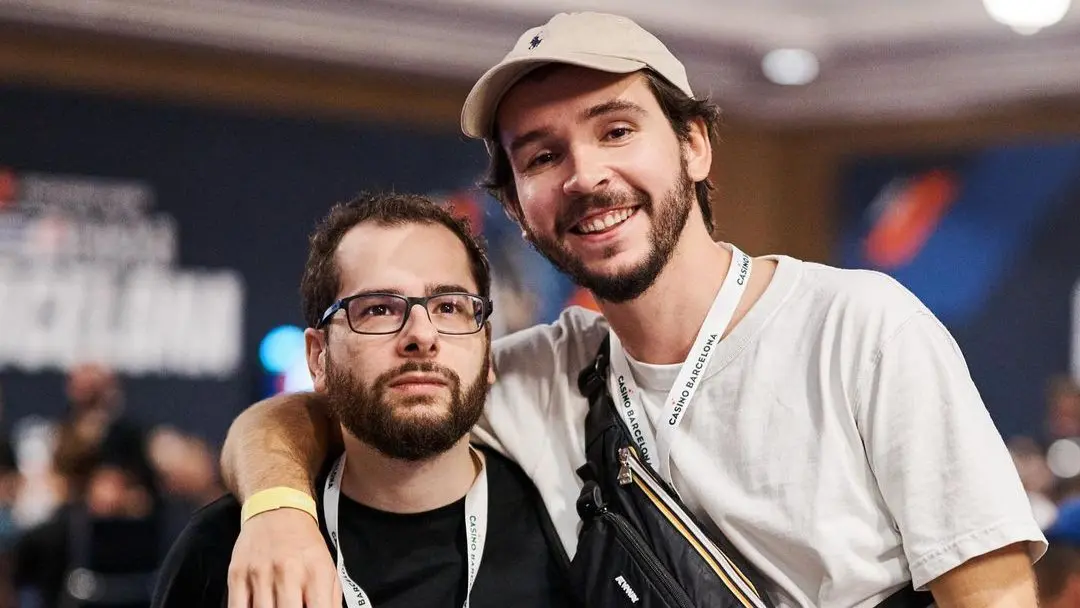 Team PAX (Domingo / Xari) returns to victory
Team PAX (Domingo / Xari) returns to victory Do you know the Rafa Nadal Academy Tour?
Do you know the Rafa Nadal Academy Tour? Alex Ruiz: “Finding joy again with Momo”
Alex Ruiz: “Finding joy again with Momo”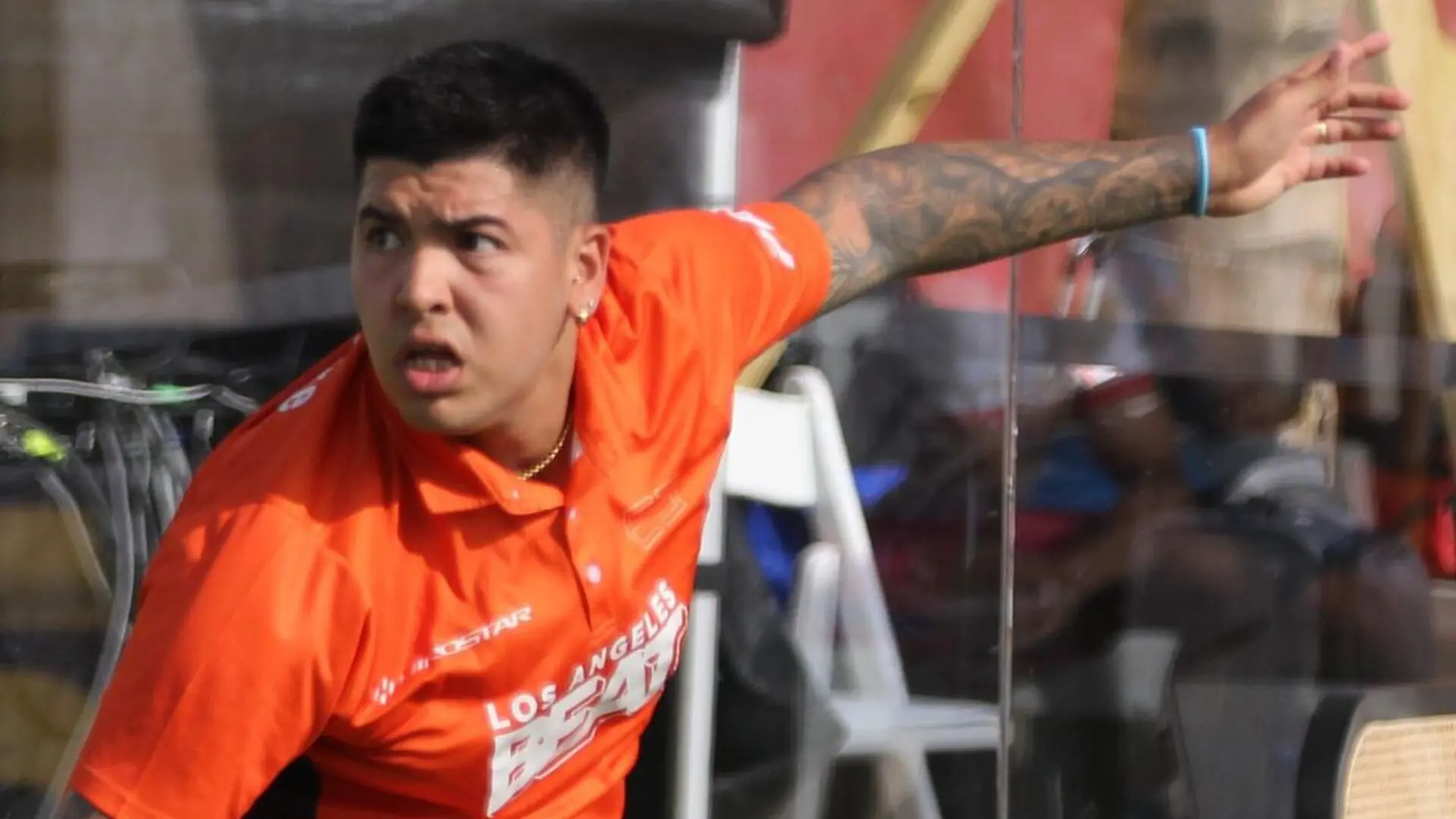 Nerone: “Tolito is not a normal player”
Nerone: “Tolito is not a normal player”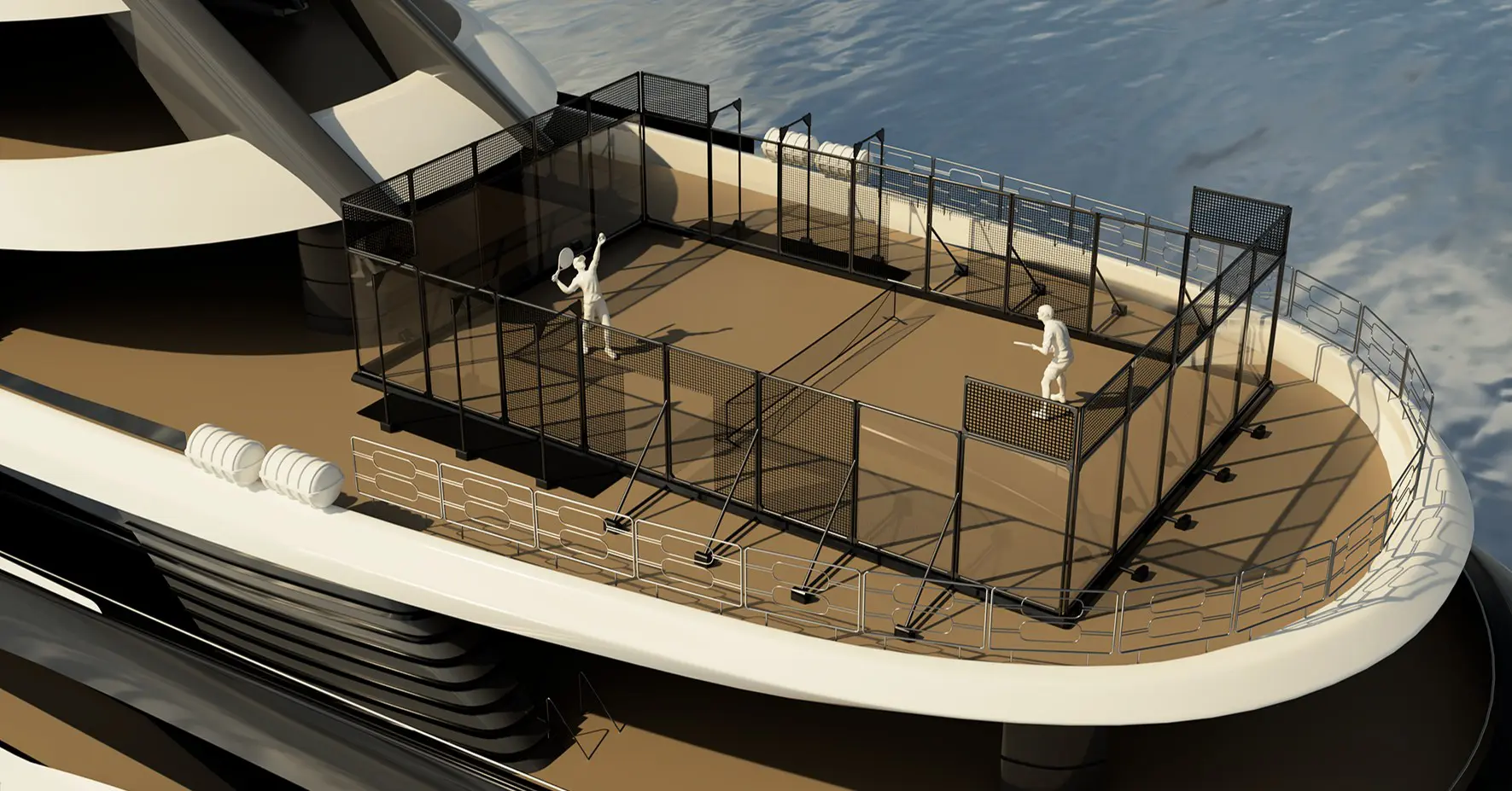 Play at padel on his yacht? Possible for €233.000!
Play at padel on his yacht? Possible for €233.000!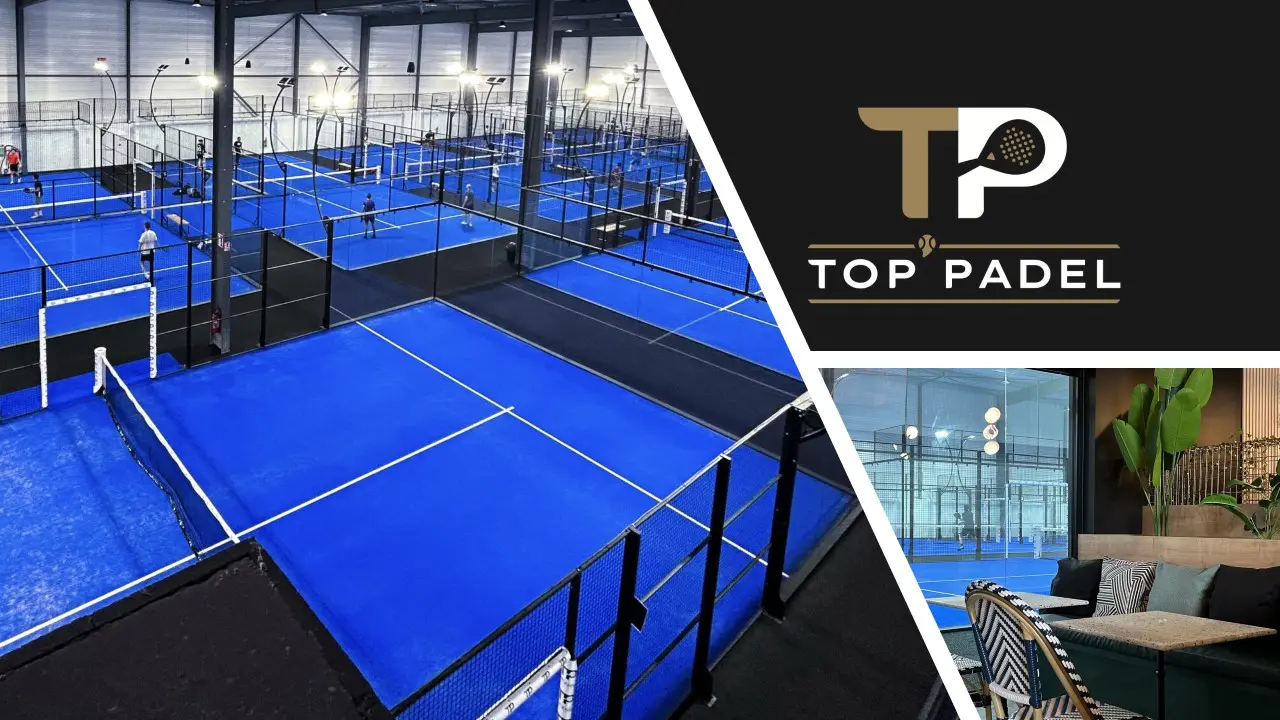 TOP Padel : “A premium club with 10 slopes in Toulouse”
TOP Padel : “A premium club with 10 slopes in Toulouse” Our Top 10 training courses padel in France and Europe
Our Top 10 training courses padel in France and Europe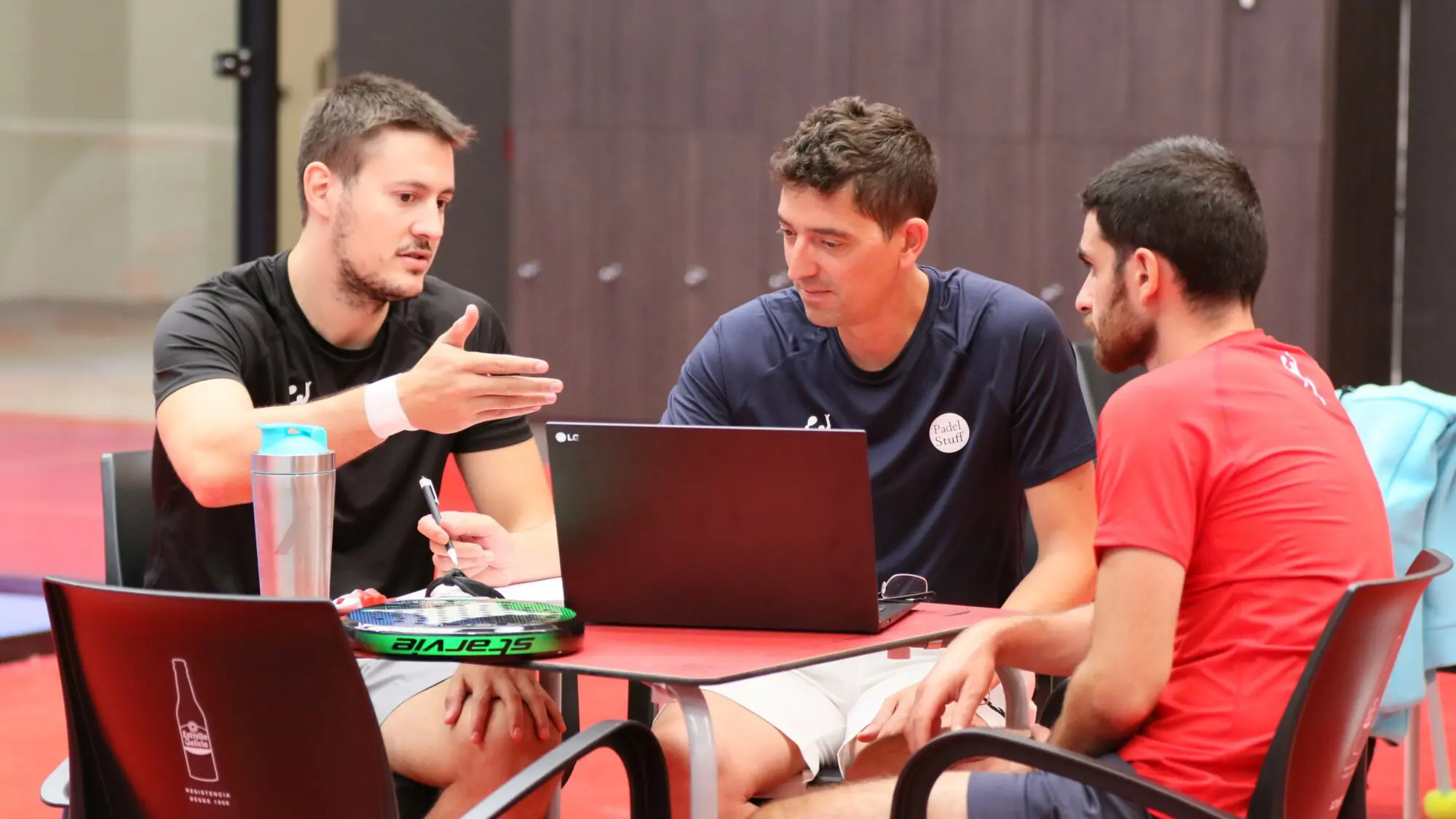 At the heart of padel – Episode 25: Paul and Andoni answer your questions
At the heart of padel – Episode 25: Paul and Andoni answer your questions Tactical padel – What to do when faced with players who systematically stay at the bottom?
Tactical padel – What to do when faced with players who systematically stay at the bottom?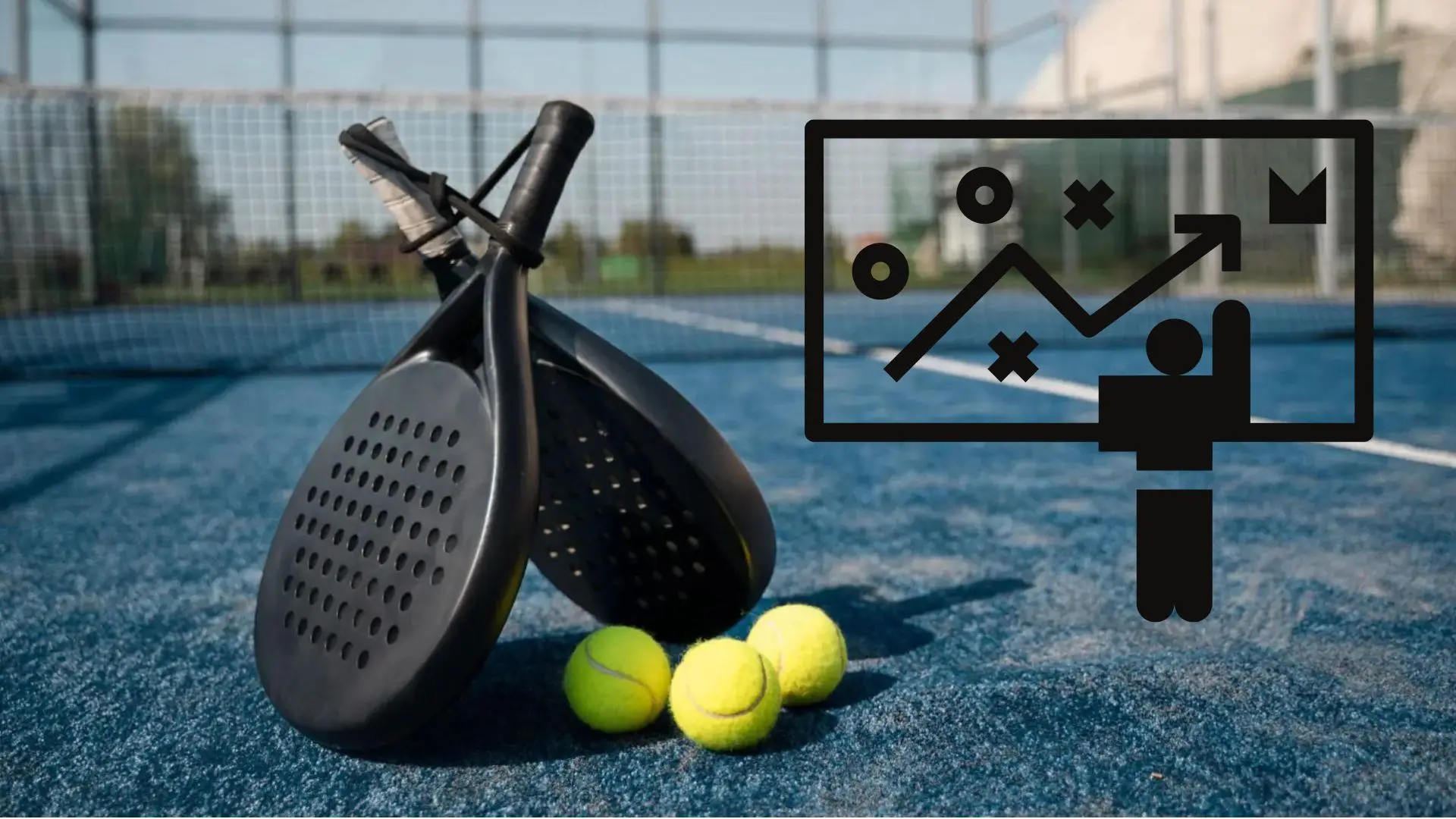 The basic tactics of padel
The basic tactics of padel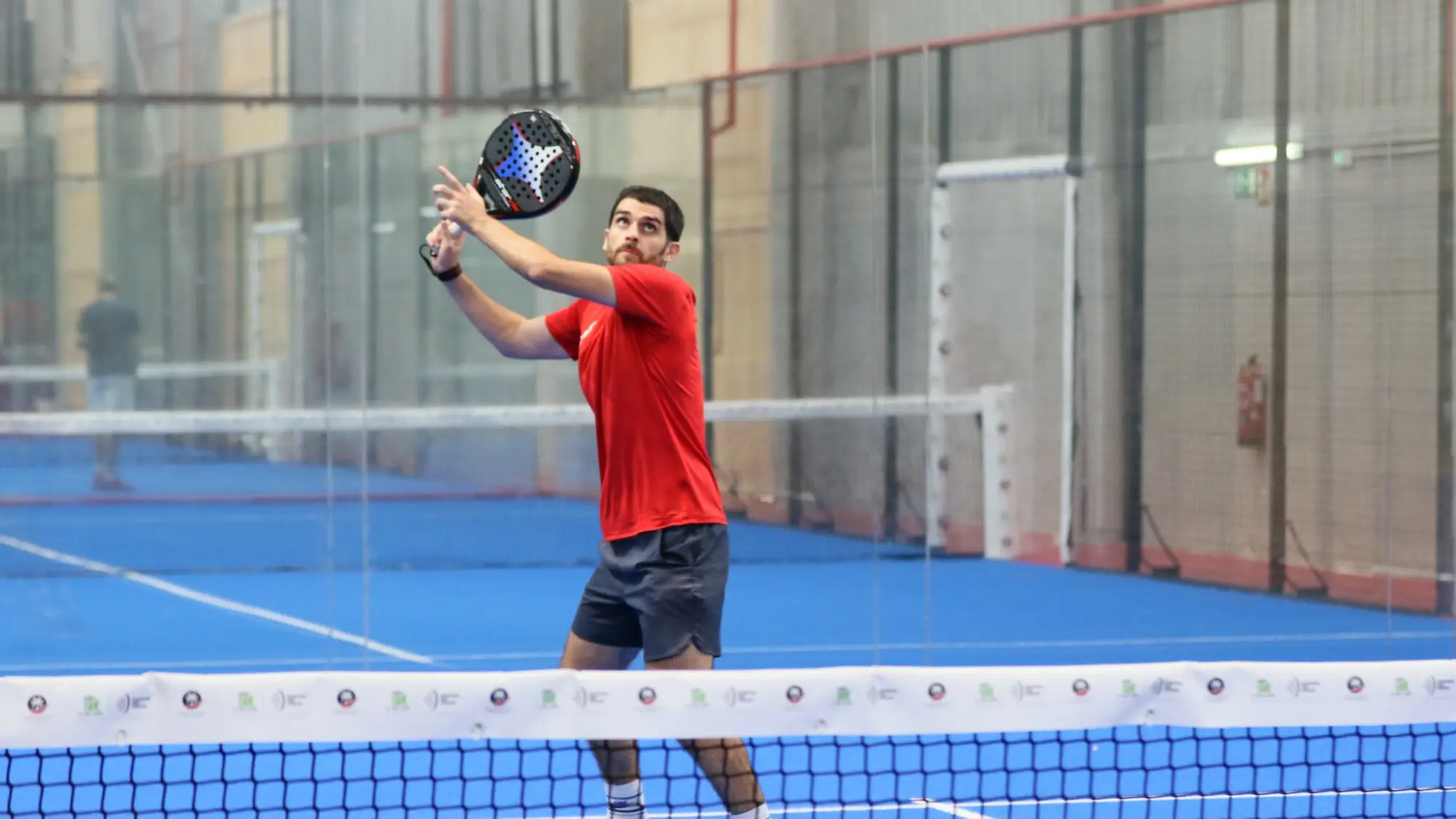 At the heart of padel – Episode 25: Paul and Andoni answer your questions
At the heart of padel – Episode 25: Paul and Andoni answer your questions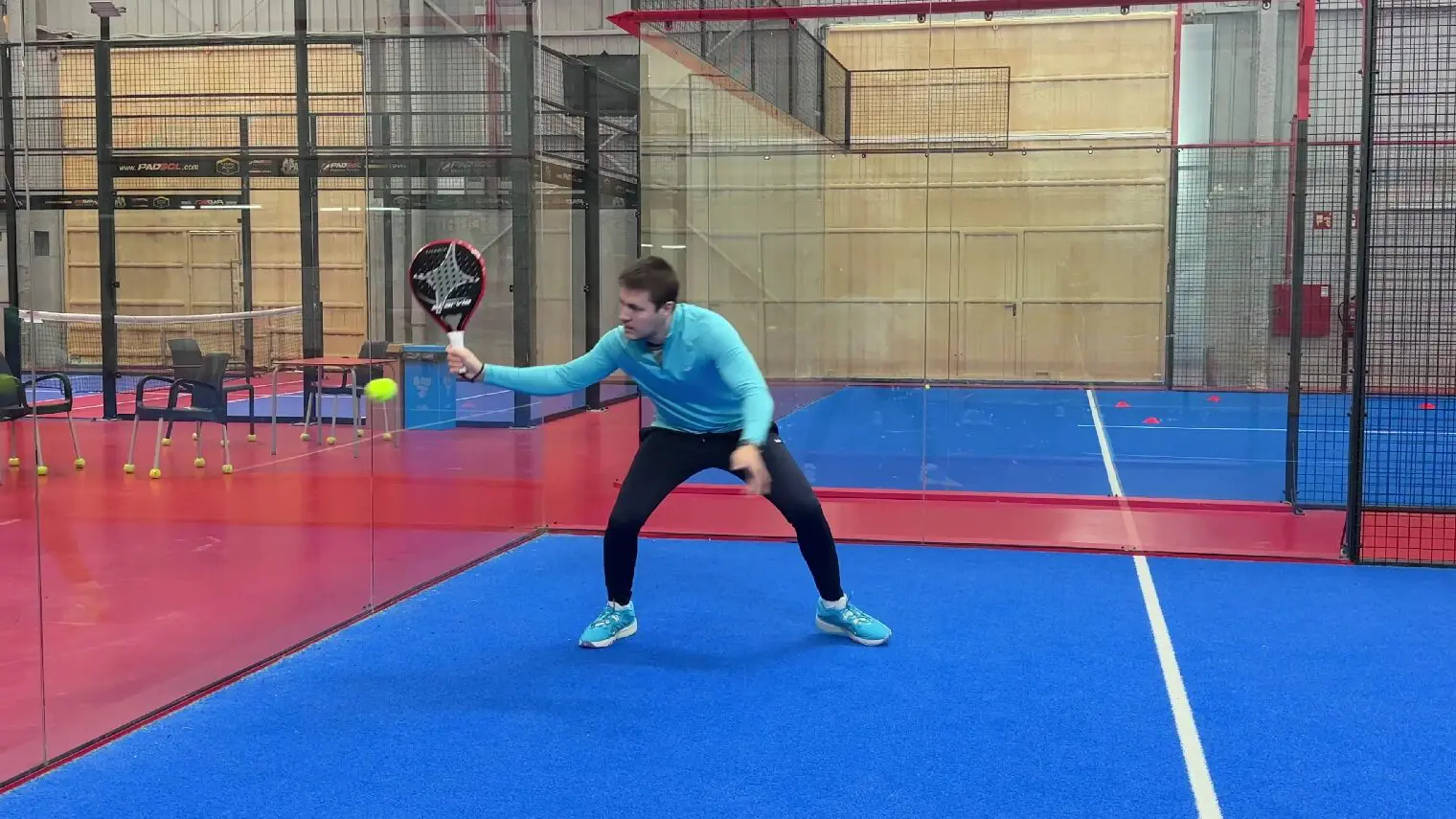 At the heart of padel – Episode 23: defend the window well
At the heart of padel – Episode 23: defend the window well Prohibition on playing topless Padel : the reasons
Prohibition on playing topless Padel : the reasons FIP Tour – Going far from Europe, THE strategy to earn points!
FIP Tour – Going far from Europe, THE strategy to earn points! What is a good football player? padel ?
What is a good football player? padel ? “Lefties give me headaches when I play against them!”
“Lefties give me headaches when I play against them!”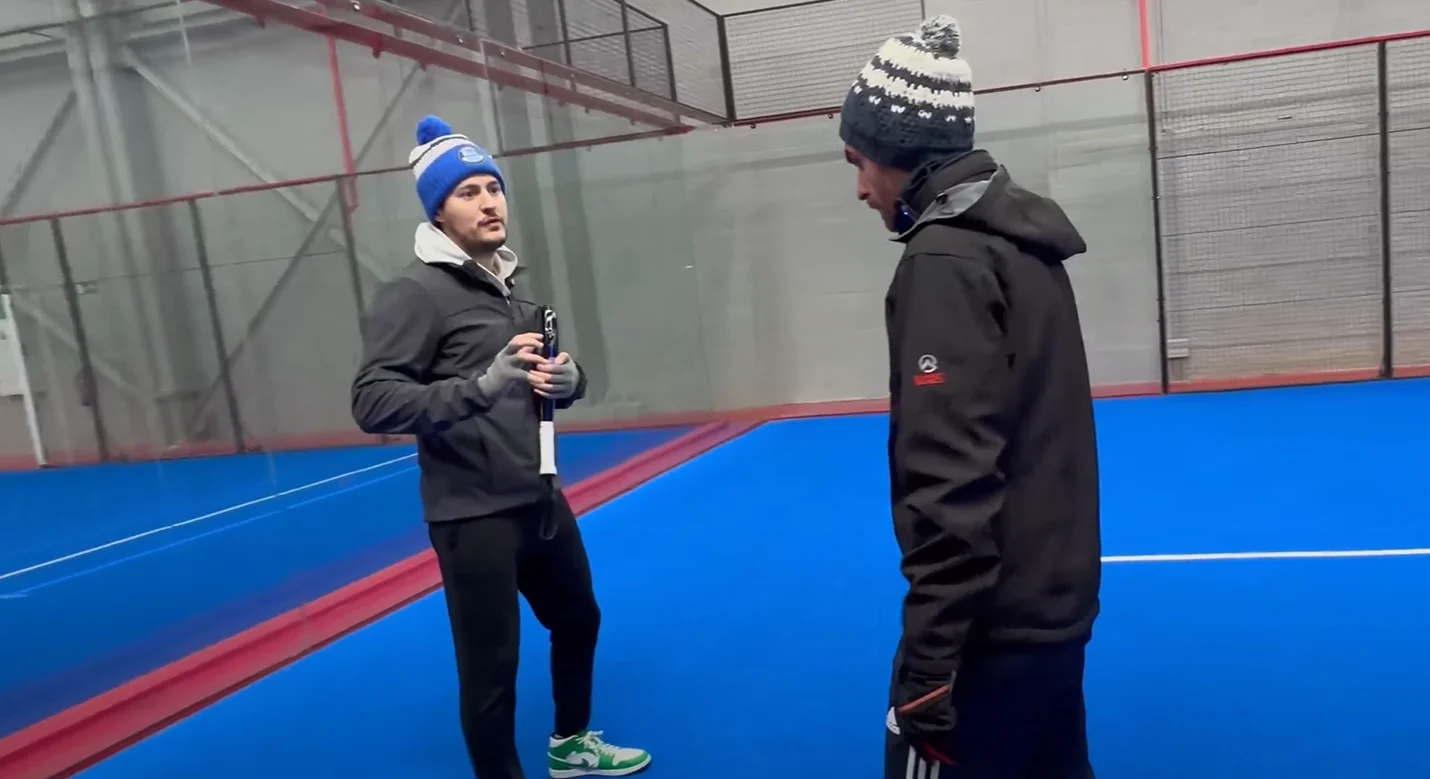 At the heart of padel – Episode 14: how to earn points in winter?
At the heart of padel – Episode 14: how to earn points in winter?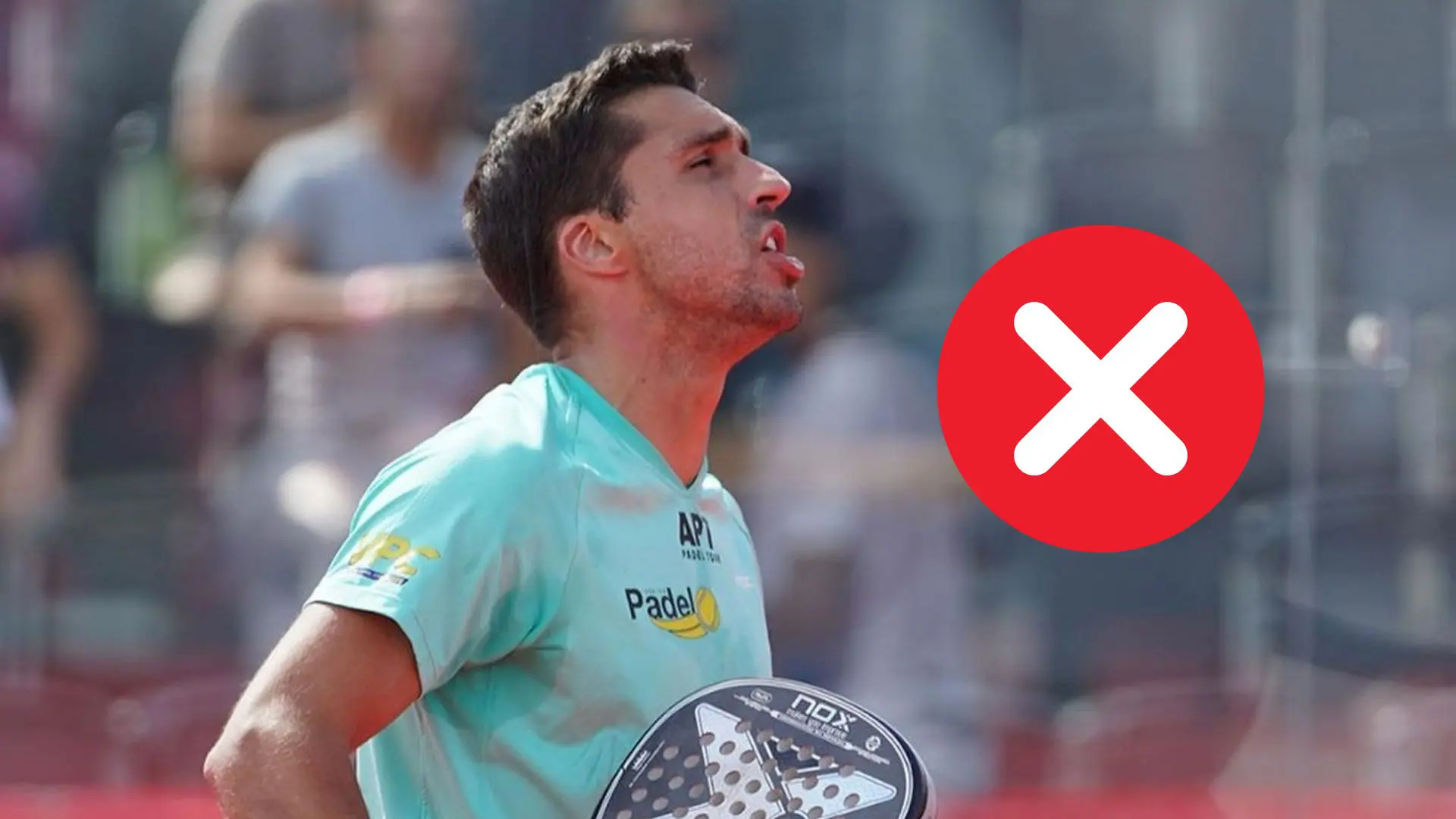 A par 4 is always a winner...even if you manage to defend it!
A par 4 is always a winner...even if you manage to defend it!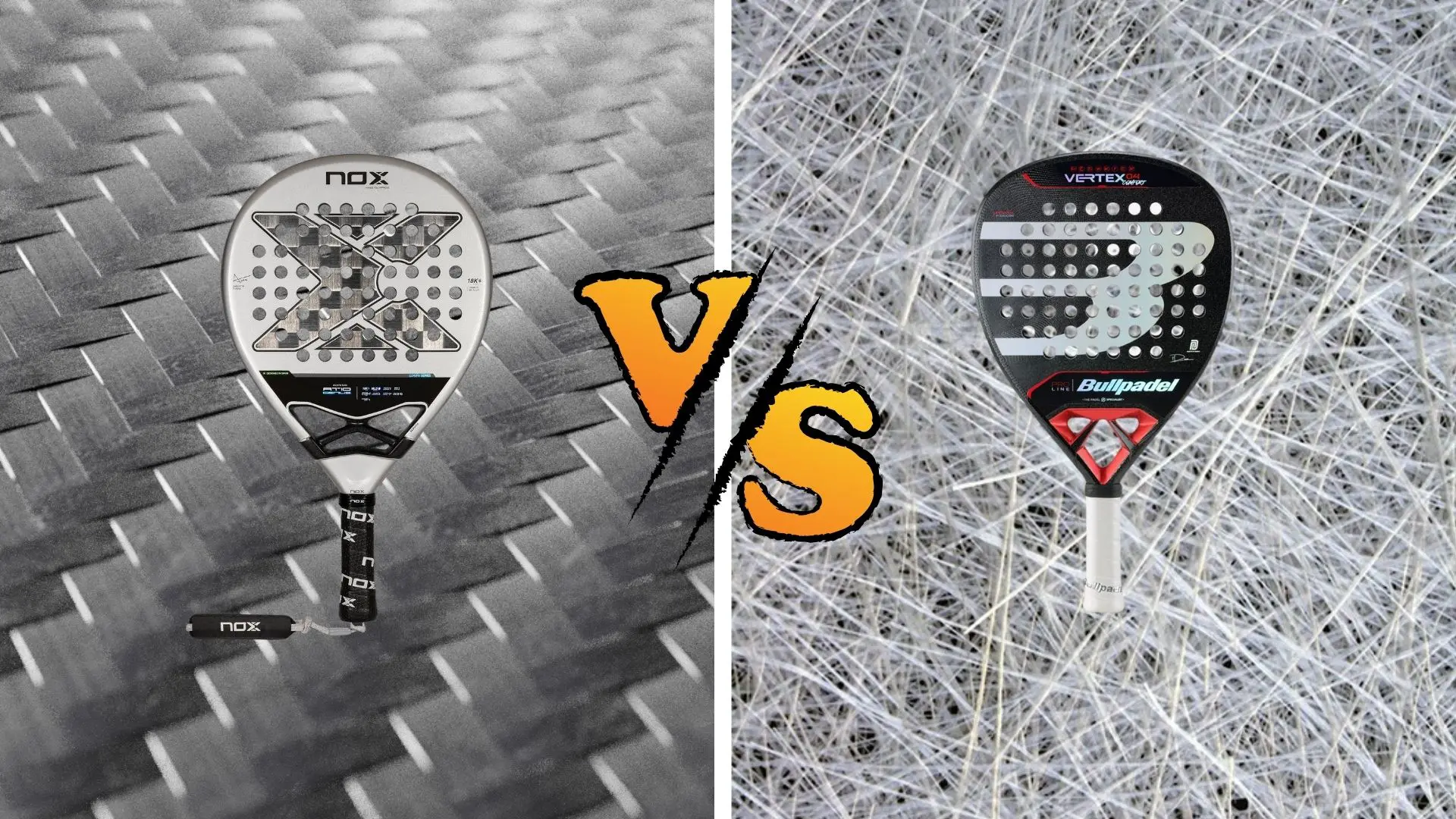 Carbon fiber VS fiberglass: what to choose?
Carbon fiber VS fiberglass: what to choose?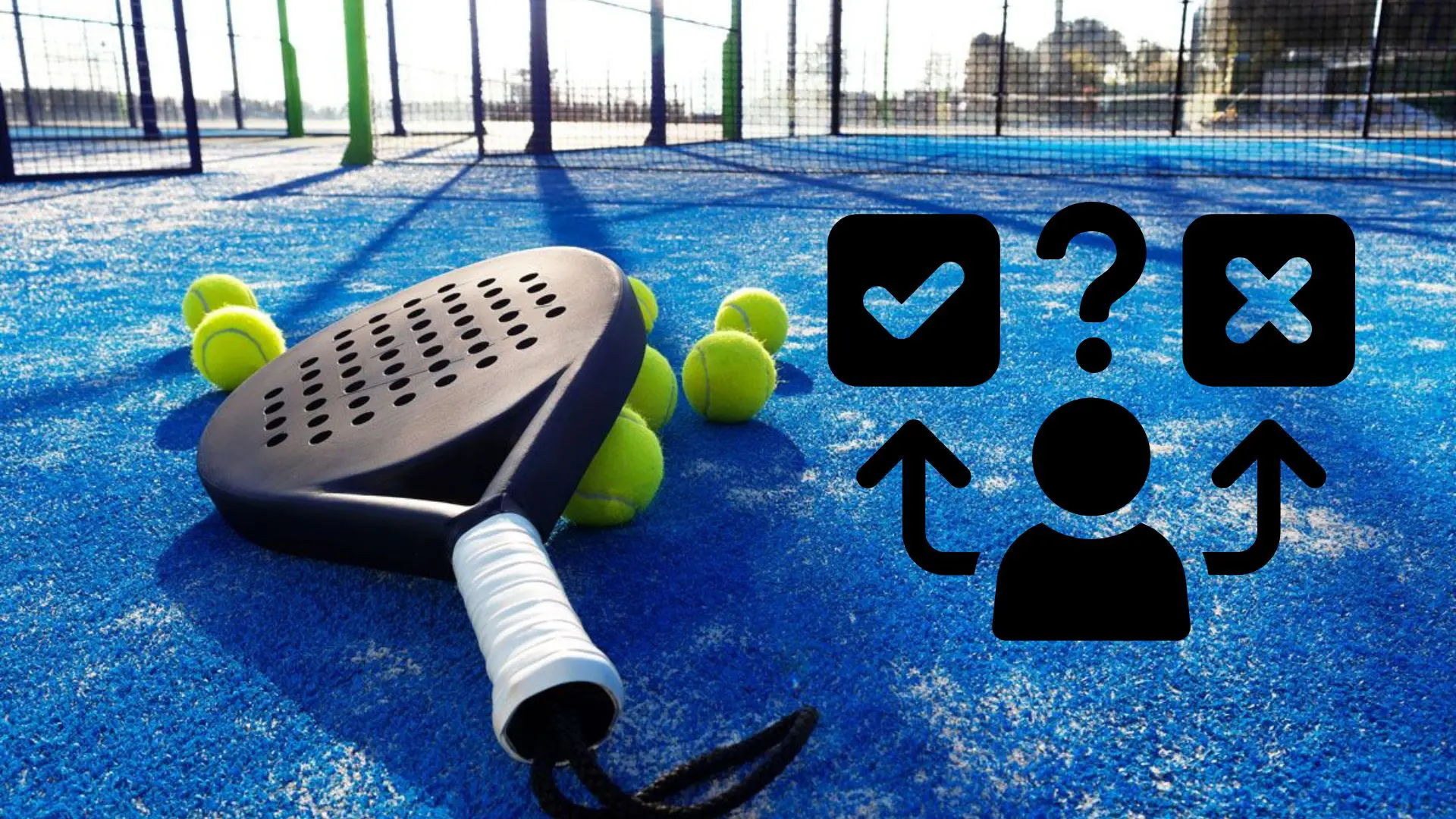 How to effectively test a racket padel ?
How to effectively test a racket padel ?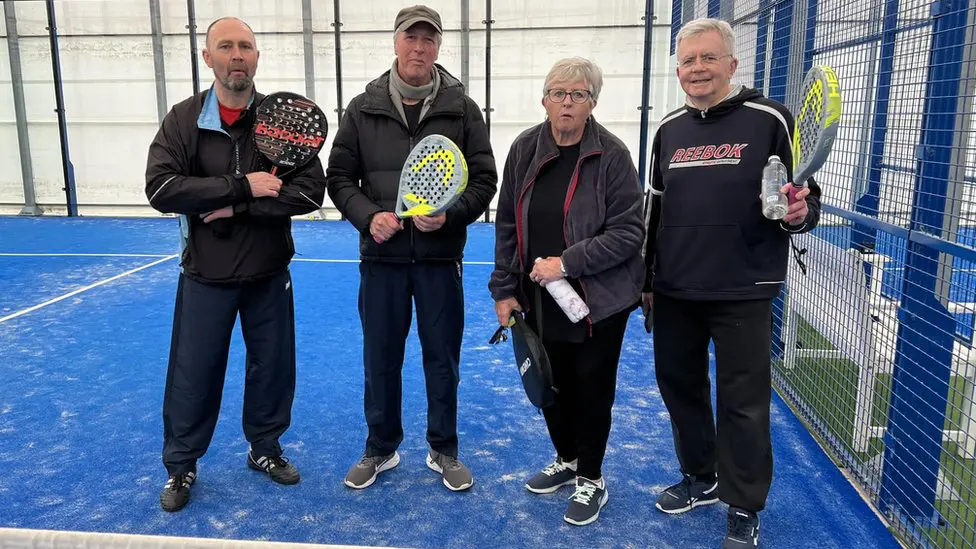 La padel to fight Parkinson's disease
La padel to fight Parkinson's disease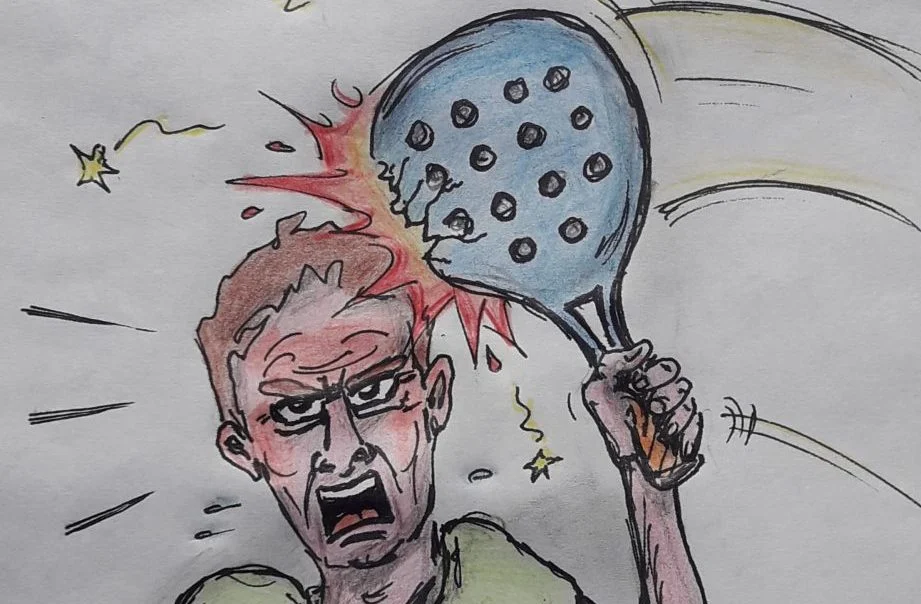 Don't play with a cracked or broken racket, your body will thank you!
Don't play with a cracked or broken racket, your body will thank you! Michel Cymes: “The padel, physically, it’s serious!”
Michel Cymes: “The padel, physically, it’s serious!”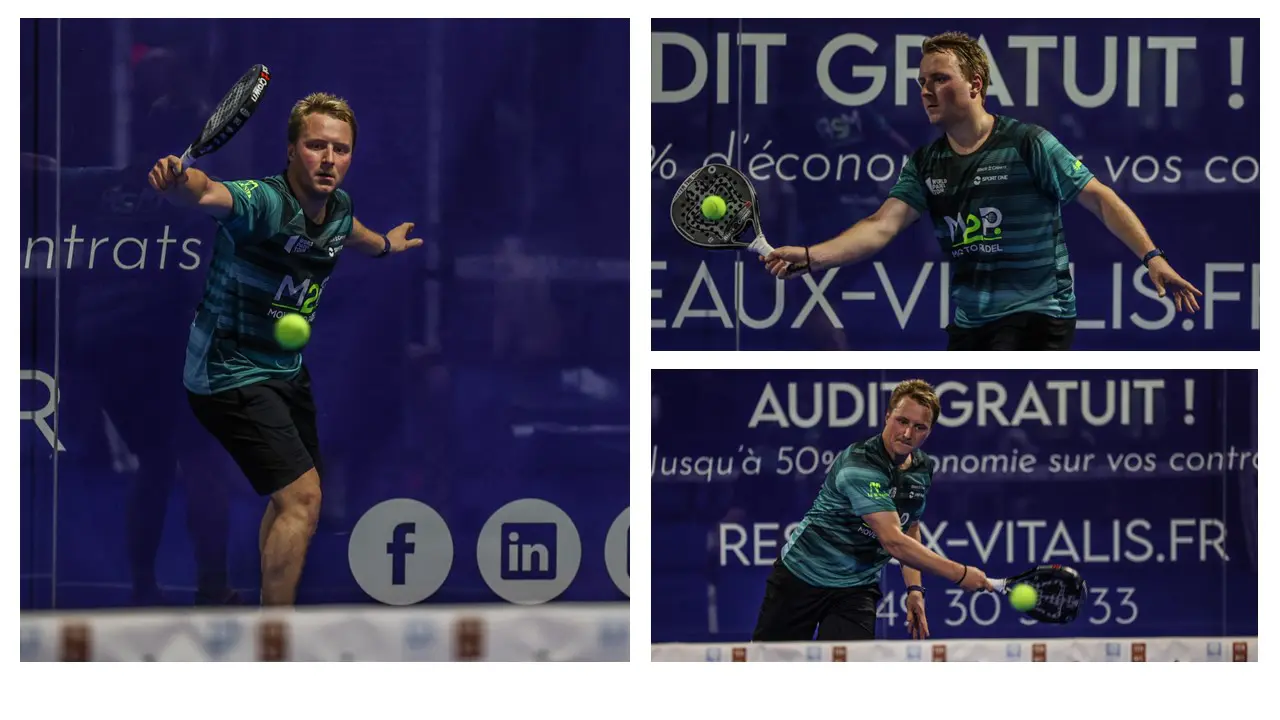 Jeremy Gala: “Promote the padel among young people in Belgium remains a challenge”
Jeremy Gala: “Promote the padel among young people in Belgium remains a challenge” The French Touch Academy organizes its selection day Padel-Study
The French Touch Academy organizes its selection day Padel-Study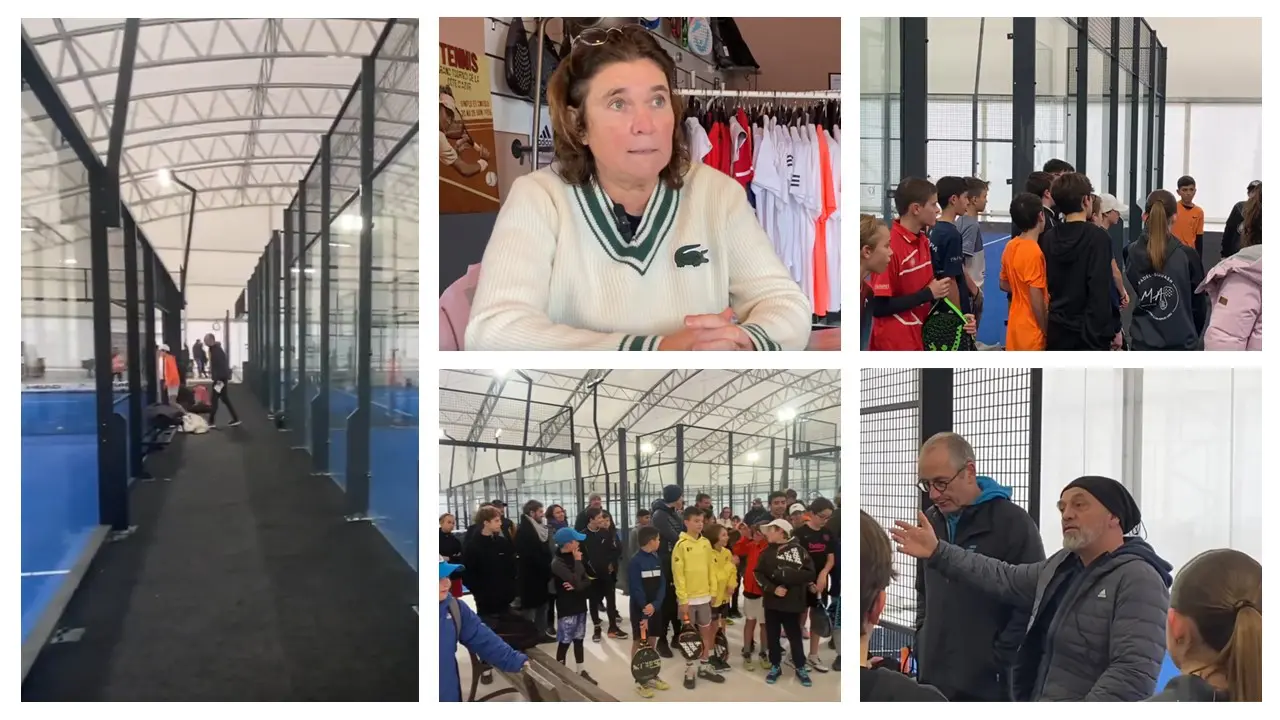 Report on the detection and training of younger generations
Report on the detection and training of younger generations